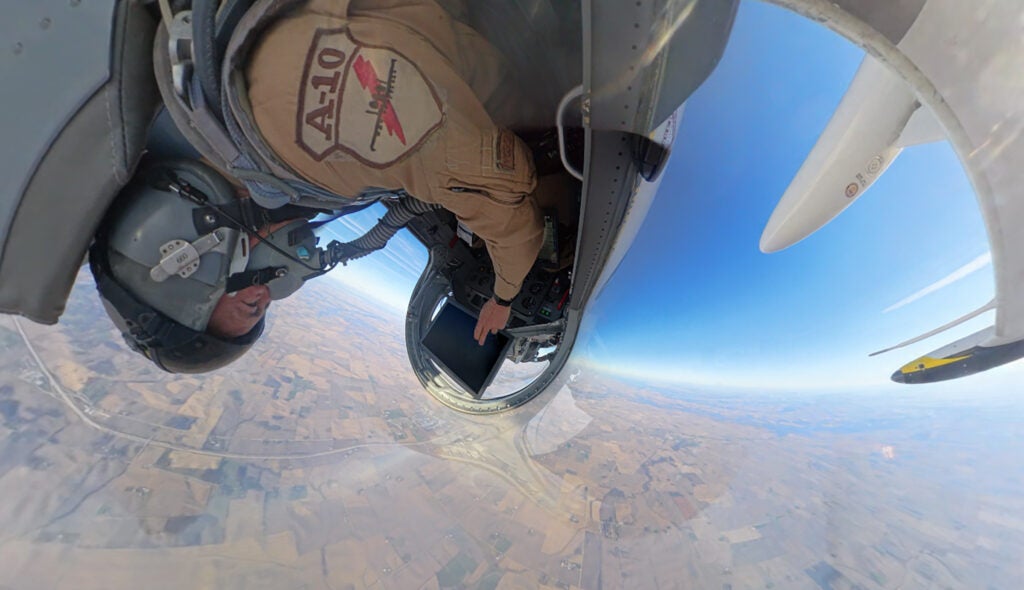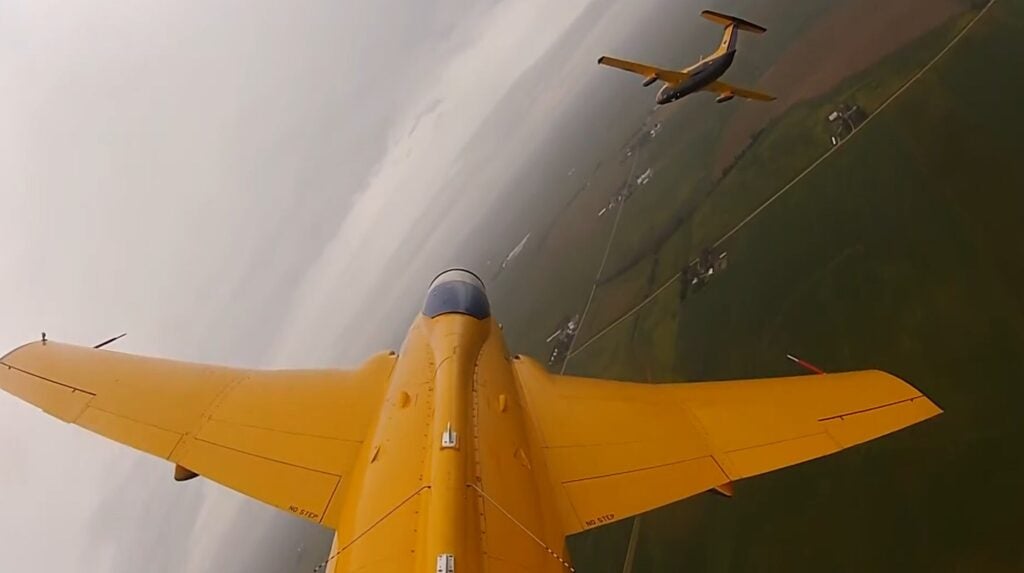Lockheed’s Skunk Works Demonstrates Airborne Battle Management Of AI-Controlled Aircraft
Lockheed Martin’s Skunk Works has announced that it has conducted a series of flight tests where a human “battle manager” was able to direct two AI-controlled aircraft during a simulated air-to-air mission.
The flight tests were conducted by the Skunk Works in partnership with Lockheed Martin’s Demonstrations and Prototypes organization as well as the University of Iowa’s Operator Performance Laboratory.
Over the course of the flight tests, the Skunk Works and Operator Performance Laboratory teams simulated an offensive counter air mission where an airborne, human “battle manager” aboard an L-39 Albatros assigned targets to two AI-controlled L-29 Delfin jets, which then worked together to defeat two mock enemy jets using simulated mission systems and weapons.

“The work we’re doing with the University of Iowa’s OPL is foundational for the future of air combat, where a family of crewed and uncrewed systems will work together to execute complex missions,” said John Clark, vice president and general manager, Lockheed Martin Skunk Works. “We’re excited to leverage our diverse skillsets to advance all elements of this new way of operating.”
These flight tests build on previous experiments that demonstrated AI-controlled air-to-ground jamming and geolocation. This year, the tests shifted to AI in air-to-air combat, where AI sends commands directly to the planes’ autopilots. According to the Skunk Works, the mission was the third test of this type and the first to include a real-time human battle manager overseeing the AI’s actions.
The Skunk Works announced in June that it had conducted the first air-to-air intercepts with the AI-controlled L-29s, a month after Secretary of the Air Force Frank Kendall flew in the back seat of the X-62A VISTA for an AI-controlled flight. The X-62A is a modified F-16 currently being used to test AI “agents” for autonomous aircraft as part of the Air Force and Lockheed Martin’s experimentation with AI.
According to the Skunk Works, its pursuit of crewed-uncrewed teaming aims to optimize operational flexibility, abbreviate data-to-decision timelines and improve pilot safety, with humans to remain the “final decision-making authority” in any AI-powered or autonomous system developed by Lockheed Martin.

